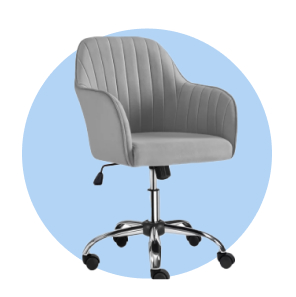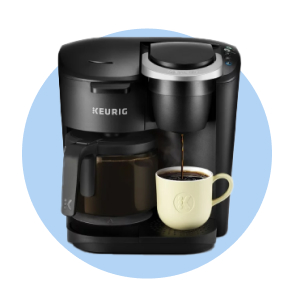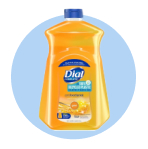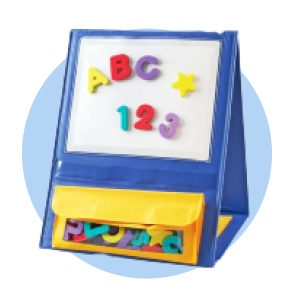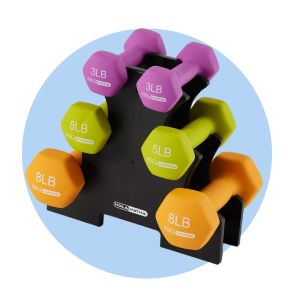
What Is Thermal Workwear & Why Is it Worth the Investment?
Keep workers warm & safe
If your business operates outdoors during the winter, consider investing in thermal workwear. The right jackets, hats, gloves, boots, overalls and base layers can do more than just help your team stay warm. They can also help prevent injuries and illness, keeping your business running efficiently all season long.
While cold-weather gear is vital in the construction and farming industries, any job that requires long shifts in freezing temperatures can benefit from it. Learn how thermal workwear functions, what features to look for when you buy it and why the right clothing can keep your team comfortable and productive.

What is thermal workwear?
Thermal workwear is a general term for any type of clothing designed to keep people warm while they do jobs in cold outdoor conditions. Coats, hats and gloves are the most common examples, but you can also find hoods, overalls, coveralls, undershirts and long underwear that fit the description.
The term is similar to “insulated workwear,” although some base-layer clothing uses thin, heat-retaining fabric rather than layers of insulation. There’s no clear-cut difference between thermal workwear and normal winter clothing, although workwear tends to be more durable, with more muted colors and understated designs.
There are two main ways that thermal wear can keep workers warm. The first is simply by insulating them against the cold. Jackets and shirts are often made of wool, silk and synthetic materials that trap heat. Manufacturers can also use specialized weaving or knitting patterns to help the fabric retain warmth better.
The second technique is moisture-wicking. While thermal clothing keeps workers warm, it can also make them sweat. When that sweat soaks into heavy clothing, it can make workers uncomfortable—and when it evaporates, it can make them cold. Moisture-wicking workwear absorbs sweat and dries out more easily than typical clothing.

Thermal workwear across industries
Some manual laborers need to operate outdoors all year long. That’s the case for construction and contracting, as well as farming, fishing, logging and landscaping. However, winter work isn’t limited to industrial jobs. Scientists, park rangers, tour guides, photographers and surveyors, among many other professions, often need to do their jobs in harsh winter conditions.
With thermal workwear, these workers can stay outside for hours at a time, comfortably doing what they need to do. With improper clothing, they could be at greater risk for hypothermia and frostbite. Thermal wear also helps people retain feeling in their fingers and toes. This is vital in fields that require precise hand movements, especially if the task involves machinery.
Generally speaking, thermal workwear isn’t industry-specific. If a piece of clothing keeps a worker warm, dry and comfortable in one field, it should work equally well in another field. However, there are some exceptions for businesses that operate near the water or at night.
Employees who work in wet or muddy conditions might need waterproof thermal wear, particularly overalls or coveralls. Those who work during long winter nights could benefit from high-visibility jackets or vests. Keeping workers dry and visible during the winter can be just as important as keeping them warm.
Key thermal workwear features
The single most important thing to look for in a piece of thermal workwear is whether it will keep someone warm. This may be hard to gauge without actually trying it on, but there are some common threads you can look for.
First, prioritize form-fitting clothing without too much extra material. The best strategy for staying warm outdoors is layering, but you can’t layer clothes on top of an overly bulky shirt or undershirt. Additionally, puffy clothing can restrict movement, which makes it harder to perform demanding physical work.
Next, pay attention to a piece of thermalwear’s material. Wool, silk and synthetic fabrics tend to be the best choices for base layers, while down or synthetic down works best for jackets. Wool and fleece are good choices for hats and glove linings, although synthetic alternatives often work just as well. If you’re looking for moisture-wicking clothing, go with polyester, nylon or a similar synthetic material. Avoid cotton as it tends to absorb sweat and hang onto it, which could make workers wet and cold for hours at a time.
Beyond that, look for thermal workwear with lots of pockets, preferably with zippers and buttons. Not only can pockets hold useful tools and accessories, but they can also keep workers’ hands warm while not wearing gloves.
If you take good care of high-quality thermal wear, it can last for years. Pay close attention to the manufacturer’s instructions as you wash each piece of clothing, as hot-water wash cycles and high drying temperatures may damage them. You don’t need to wash thermal workwear after every use, but you should do so if it’s visibly soiled or starts to smell bad. Once the weather gets warm, store it in a cool, dry, clean place—and make sure to wash and dry it just before you do.
Benefits of investing in thermal workwear
The most obvious benefit of thermal workwear is that it keeps workers warm on the job. Cold weather can make people feel uncomfortable and unfocused, which is not ideal for productivity or safety. Many outdoor employees also need full use of their hands and feet to perform fine work, from carrying supplies to operating machinery. When people get cold, the first thing the body does is restrict blood flow to the fingers and toes.
In more extreme cases, exposure to freezing temperatures can result in cold stress, inflammation, hypothermia and frostbite. While cold weather alone can’t make a person sick, any of those conditions can. If workers become ill and call out, that affects productivity as well as morale. Providing your staff with warm, comfortable clothing can help address all of these concerns.
Stay warm with gear from Walmart Business
With the right thermal workwear, working outdoors can be safe and rewarding, even in the dead of winter. If you need to outfit your team with high-quality professional apparel, sign up for a free Walmart Business account today.
If you already have an account, upgrade to a Walmart Business+ membership. With it, you’ll get free shipping from Business.Walmart.com1 and free delivery from local Walmart stores on orders of $35 or more.2 You’ll also earn 2% back in Walmart Business rewards on orders of $250 or more.3 These benefits could save your business more than $500 per year overall.4
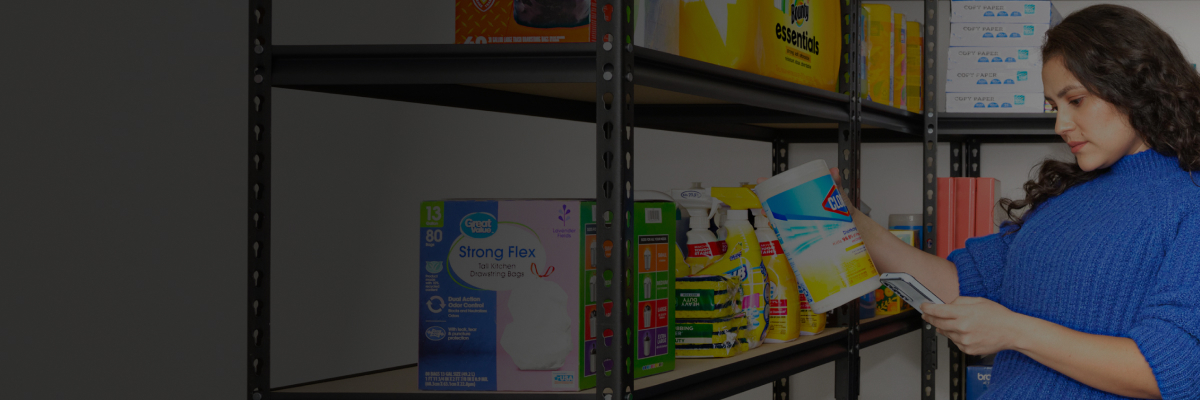
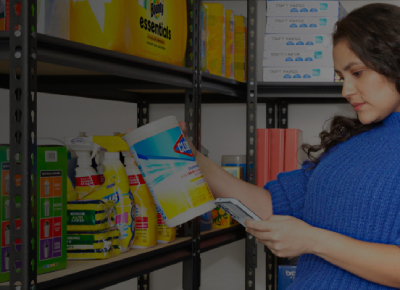
Limited-time offer
Unlock your special promo code
Stay informed on Walmart Business news & get $20 off a $100 purchase!1
1Minimum order of $100. Promo code can be used one time & may not be combined with other offers. Offer not transferable & void where prohibited by law. Customer responsible for all applicable taxes. Offer expires 12/31/2025 at 11:59pm PT. Further restrictions apply. See terms at checkout for details. Promo code offers available in limited quantities. While supplies last.
1 Excludes most Marketplace items, freight and certain location surcharges.
2 Restrictions apply.
3 Rewards can only be used toward future purchases on Walmart Business. Additional terms apply.
4 Savings based on 1 free $35+ delivery order vs. $9.95 fee and 1 free shipping order under $35 vs. $6.99 fee biweekly, plus 2% Walmart Business Rewards on monthly order >$250 (average value of $400).
Exciting news awaits
Hear firsthand about new products, features & promotions.
By clicking submit, you agree to receive emails about Walmart Business and acknowledge you have read and agreed to our Terms of use and Privacy Policy.



